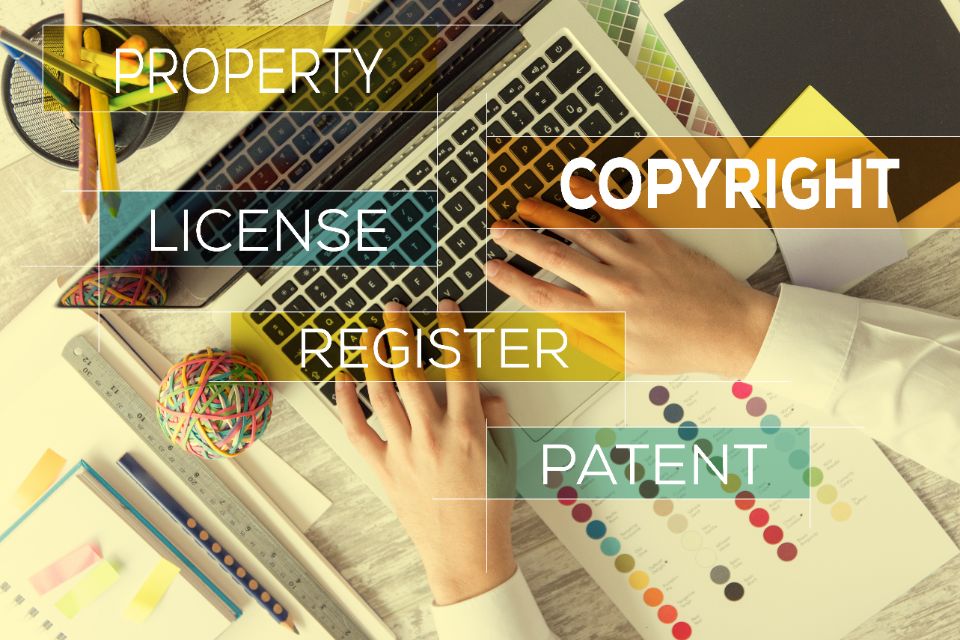Amazon’s brand protection is like having insurance. You are protecting your brand and products from unauthorized sellers that could jeopardize your brand’s reputation


Amazon’s brand protection is like having insurance. You are protecting your brand and products from unauthorized sellers that could jeopardize your brand’s reputation